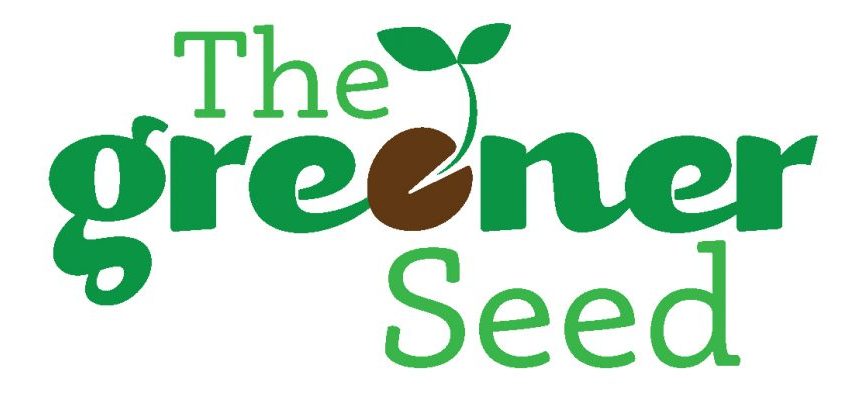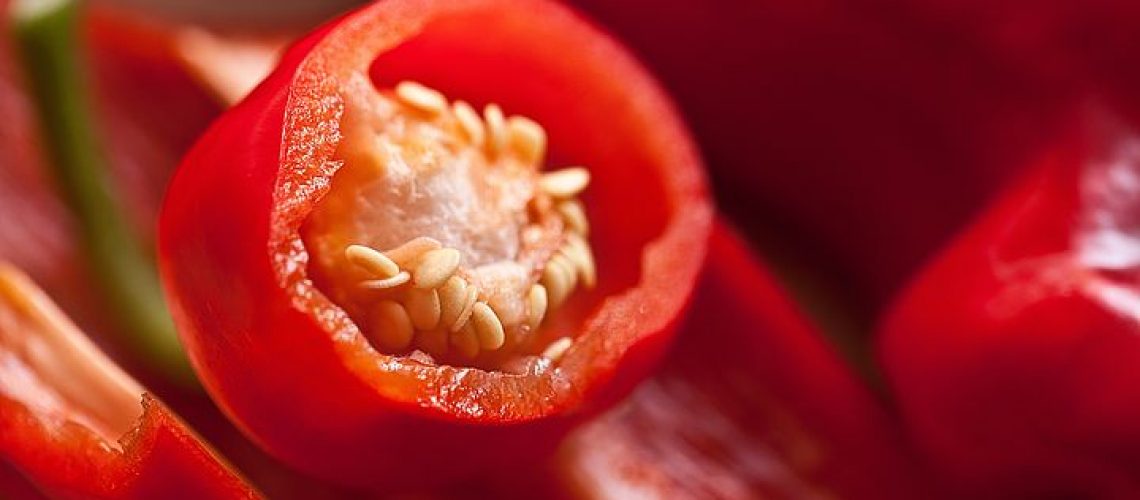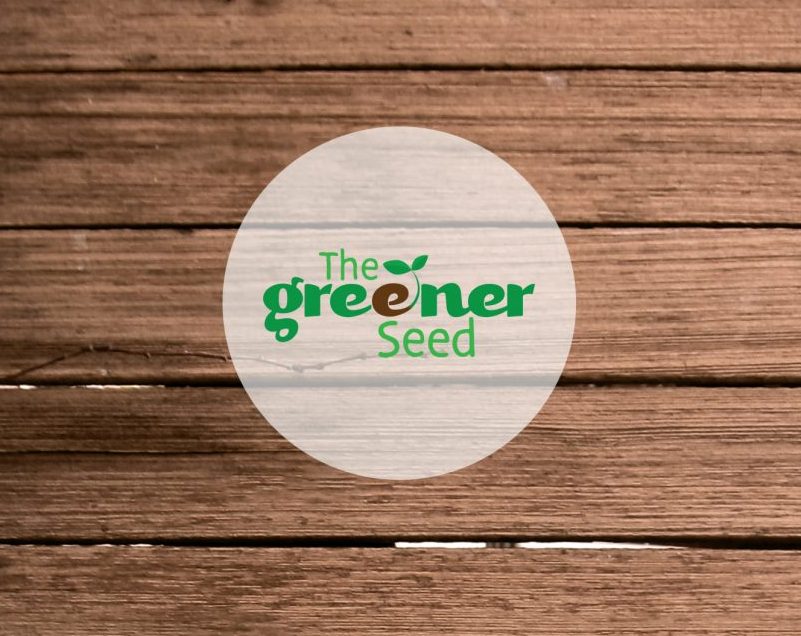There are a few ways to save seeds. Ultimately the method depends on the type of plant.
Leafy plants and herbs flower then produce seeds, a process called bolting. When the seeds from leafy greens or herbs have bolted, the end result is seeds in pods that are ready to be collected or replanted. For the least amount of effort, you can shake the ripened seeds into a paper bag. Gently remove the plant from the soil. Turn it upside down while holding it into the paper bag. Carefully shake the seeds off the plant into the bag. The seeds and some dried flower parts will indiscriminately fall. You can use your other hand to help release the seeds from the plant if they are not releasing.
Once you have gathered most of the seeds, pour them onto a plate or shallow bowl. Gently blow the chaff off the top of the seeds. It’s not necessary to remove every non-seed part. Simply pour the hundreds of seeds that remain into an envelope for future use.
Legumes such as peas and beans are easy to save seeds. When the peas and beans are mature, release them from their seed pods. Allow them to dry out.
Corn seeds are similar but you want to dry before harvesting the seeds. Once you have your mature corn, shuck the corn and hang it in a dark dry area to dehydrate. When the kernels are completely dry, they can be removed. Each kernel is one plant!
Squash and melons require only an extra step of washing the seeds to remove any of the fruit. We use a small strainer to rinse the seeds and then spread them on a mesh cookie rack to dry. Make sure the seeds aren’t stacked on top of each other or they will dry stuck together. They can be flipped the next day. When one side Is dry, they are much less likely to adhere to each other and are easy to move around.
Pepper plants are simple to save seeds but be aware that if they are hybrid and not heirloom fruit, your seeds will grow a different plant. If you want to save seeds, cut open peppers and allow the seeds to dry on a porous surface. Wait at least 2 days for the seeds to completely dry.
Tomato seeds are enclosed in gel-like sacks that prevent the seeds from sprouting inside the tomato. Many seed savers use a fermentation process, however a quicker way is to remove the seeds and smear them across a mesh strainer. Allow them to dry on a paper plate or paper towel for at least 7 days.
Note that for any plant but commonly for peppers and tomatoes, the seeds will only grow into a parent plant if they are open-pollinated plants. All heirloom plants are open-pollinated.
Collect seeds into a paper envelope when dry. Note that it is best to use a paper container instead of plastic or a jar because any residual moisture from the seeds will dissipate inside paper; otherwise it can cause mold or bacterial growth over time. Additionally, envelopes keep the seeds in the dark and protect them from germinating. Tip: we save junk mail envelopes to store all our seeds because it means less junk into the waste cycle. It’s one more way to reuse. Label all your envelopes with month and date. Seeds are good for 3-5 years.


